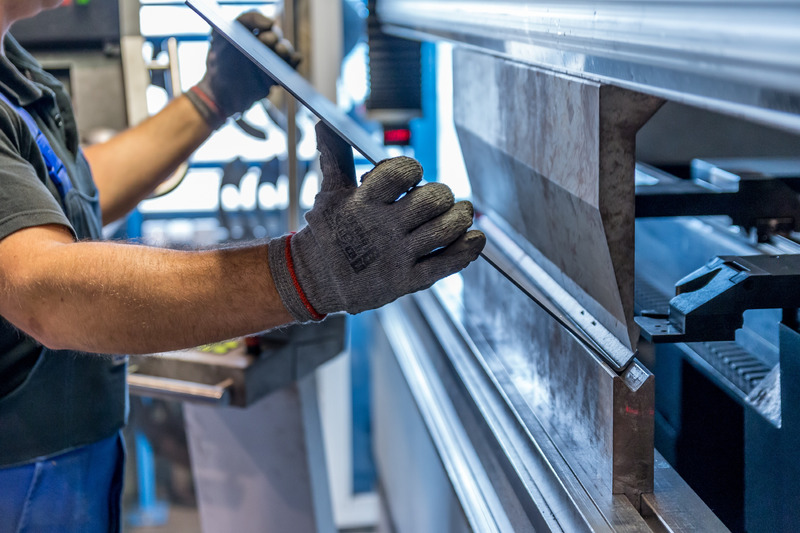May 15, 2023
The year 2022 came to a close with a sharper-than-anticipated recession in apparent steel consumption (-7.2%) as steel demand shrank significantly, due to the energy crisis and the impact of the war in Ukraine. Although the worst seems to be over after the fourth quarter of 2022, apparent steel consumption is still projected to be negative (-1%) in 2023, before rebounding in 2024 (+5.4%). However, high uncertainty continues to cast a shadow on the outlook for 2023, which remains bleak. Although steel imports have decreased in tandem with demand, their market share is still historically high (23.4%).
“The steel industry was severely knocked at the end of 2022 and is striving to recover, but the conditions are not yet conducive. Energy prices, production costs and inflation are still much higher than pre-crisis levels. Decarbonisation projects are underway, but we need access to affordable fossil-free electricity as of now, if we want the EU steel sector to transition whilst staying competitive at global level”, said Axel Eggert, Director General of the European Steel Association (EUROFER). “Most EU provisions do not account for the critical role of industrial energy consumers such as steel in achieving net-zero in the EU, while cheap steel imports from third countries continue to flood the European market despite a slump in demand”, he added.
EU steel market overview
In the fourth quarter of 2022, apparent steel consumption collapsed to 29.6 million tonnes (-19.3%), recording the second worst performance after the pandemic (second quarter of 2020). This has further weakened the overall apparent steel consumption for 2022, down to -7.2% from the previous -4.6%. The trend is expected to reverse only from the second half of this year, marking the fourth recession in five years in 2023 (-1%) and bouncing back in 2024 (+5.4%), albeit subject to positive developments in the industrial outlook and steel demand.
Domestic deliveries also fell dramatically (-15.2%) for the third consecutive time, leading to a significant drop (-8%) for the entire 2022. Following the remarkable decline in steel demand, also imports into the EU shrank in the last quarter of 2022 (-32.5%), resulting in an overall annual decrease (-6.6%). However, the market share of imports out of apparent consumption, remained considerably high in historical terms, even at the end of 2022 (23.5%).
EU steel-using sectors
Steel-using sectors displayed more robust-than-projected resilience, ending 2022 with positive growth (+2.5% in the fourth quarter and + 3.1% for the whole year), largely thanks to the relative recovery of the automotive industry and the steady performance of the construction sector (+3.3% and +4.8% in 2022, respectively).
The effects of the ongoing challenging circumstances are anticipated to become more visible in 2023, resulting in modest output (+0.6%) for steel-using sectors before growth gains some momentum again in 2024 (+2.3%), subject to high uncertainty.
Source: European Steel Association EUROFER
Legal Notice: The information in this article is intended for information purposes only. It is not intended for professional information purposes specific to a person or an institution. Every institution has different requirements because of its own circumstances even though they bear a resemblance to each other. Consequently, it is your interest to consult on an expert before taking a decision based on information stated in this article and putting into practice. Neither Karen Audit nor related person or institutions are not responsible for any damages or losses that might occur in consequence of the use of the information in this article by private or formal, real or legal person and institutions.






